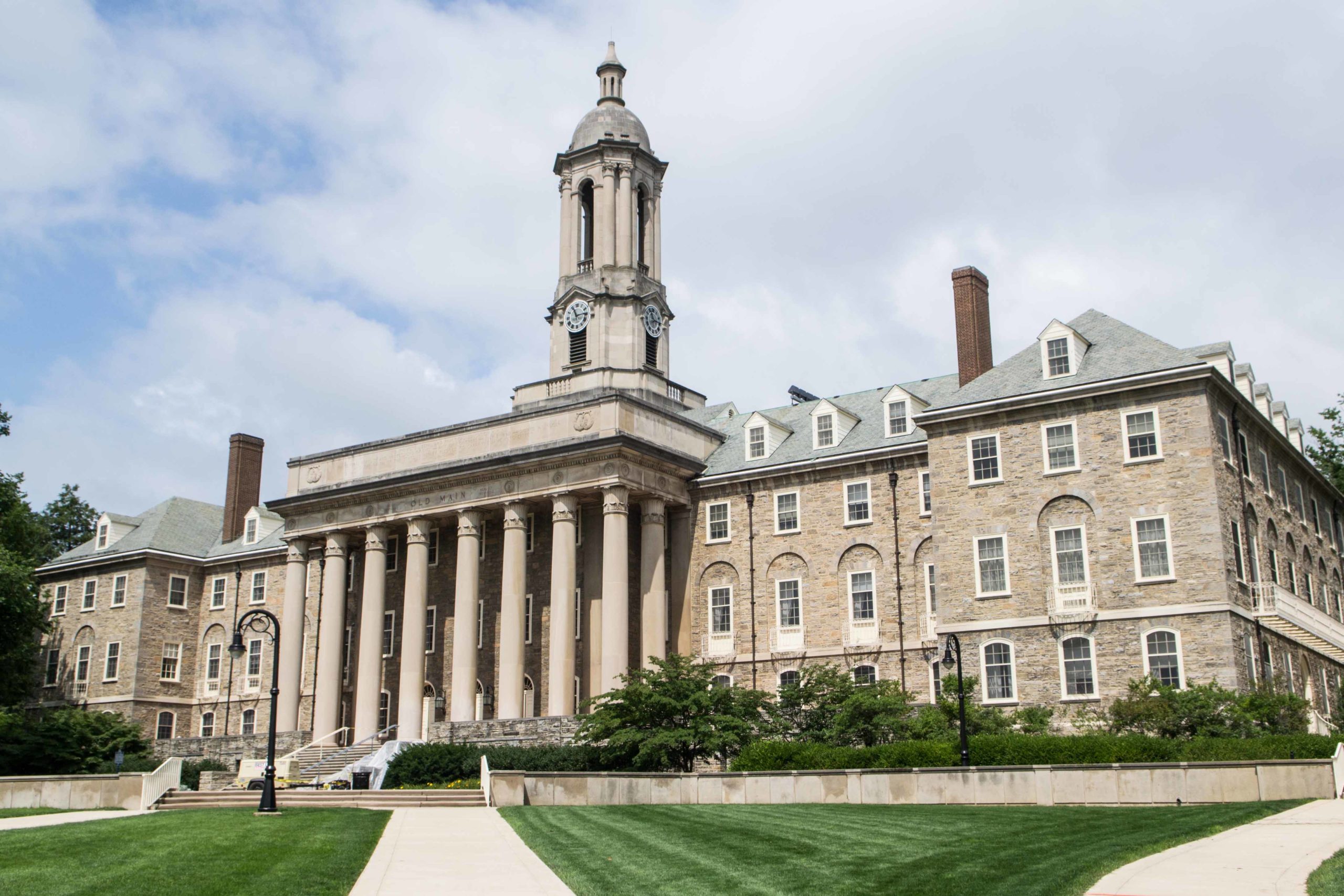Updated at 3:05 p.m. on July 15 following approval of tuition rates and operating budget by the full Penn State Board of Trustees.
Penn State’s Board of Trustees on Thursday voted to increase tuition at the university for the first time in four years.
The board voted 26-5 to approve a 2.5% tuition increase for Pennsylvania resident students and 2.75% for non-residents as part of $7.7 billion overall budget plan for 2021-22.
Alumni-elected trustees Ted Brown, Alvin de Levie, Anthony Lubrano, Jay Paterno and Alice Pope voted no. Those who spoke against the budget and its accompanying tuition increase said they understood the need for increased revenue after years of cuts to maintain flat tuition and losses incurred from the COVID-19 pandemic, but suggested it should be found elsewhere, such as boosting enrollments at Commonwealth Campuses.
For in-state freshmen and sophomores at University Park, tuition will increase by $448 per year to $18,368. Lower division out-of-state students at University Park will see an increase of $962 to $35,946 a year.
Rates for juniors and seniors are based on majors. For in-state students, upper division increases will range from $484 to $574 a year, with tuition rates between $19,816 and $23,562. Out-of-state juniors and seniors will have increases between $1,010 and $1,136, with tuition rates ranging from $37,750 to $42,462.
The student-initiated fee — which supports student activities, programs and facilities and is set and overseen by student-run committees — will remain unchanged at $530 a year.
Full tuition and fee schedules will be online at budget.psu.edu once approved by the board.
Penn State last increased tuition for the 2017-18 academic year. Adjusted for inflation, tuition rates remain lower than 10 years ago, according to the university.
“Our efforts to keep a Penn State education accessible and affordable have placed us among the top tier of public flagship universities for the smallest overall increase in in-state tuition over the last decade,” Penn State President Eric Barron said in a statement.
“We always strive to support our students first by keeping tuition increases low or flat, and this year’s modest rise, though necessary to keep up with inflation and the University’s own rising costs, was held to the lowest percentage possible while still allowing us to deliver the world-class academic and student experiences that make Penn State so special.”
Penn State isn’t alone among Pennsylvania’s state-related universities in raising tuition this year. Pitt also approved a 2.5% increase for in-state students, a $464 bump for an annual rate of $19,092. Temple’s 2.5% increase for in-state students raises tuition by $408 to $16,488.
$7.7 Billion Budget Anticipates Deficit
The increase comes as Penn State faces a projected $166 million deficit in its general funds budget, which will be offset by reserves. The deficit is the result of “the ongoing impacts of the COVID-19 pandemic and the planned use of prior-year balances to honor multiyear strategic commitments,” according to the university.
Of the $7.7 billion overall budget, $3.4 billion is for the self-supporting Penn State Health enterprise and $2.9 billion is for the university’s general funds budget, which includes teaching and research operations. The fiscal plan also includes budgets for Penn State Agricultural Research and Cooperative Extension, the College of Medicine, and Pennsylvania College of Technology.
Penn State’s appropriation from the commonwealth remained flat at $323.8 million in the state’s budget approved by the General Assembly and signed by Gov. Tom Wolf in June. It includes the university’s $242.1 million general support appropriation, $54.96 million for Agricultural Research and Extension, and $26.74 for Penn College.
According to the university, the budget reflects $39.4 million cost-savings initiatives. It also includes a a $10 million increase in student aid.
For employees, $24.7 million is designated to fund a 2% pool for merit-based salary raises, as well as contractual salary increases. Another $2.8 million is budgeted for faculty promotions and related benefits.
The budget also has $13.7 million for projected increases in benefits costs: $13.3 million for mandated increase in the employer share of health care and $400,000 for increases in retirement contributions.
For other rising operational costs, about $31 million combined is budgeted for property and liability insurance increases, facility and maintenance needs, debt service, maintenance and operation of new and renovated facilities and increases in fuel and utility costs.
“Even with the challenges presented by the pandemic, Penn State remains on solid financial footing,” Barron said. “Continued strong enrollment projections, healthy reserves, an excellent credit rating, and the support of our state and federal leaders have allowed the University to weather the last 18 months and set us on a course to emerge from the pandemic from a position of strength.”



